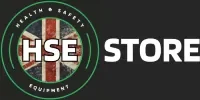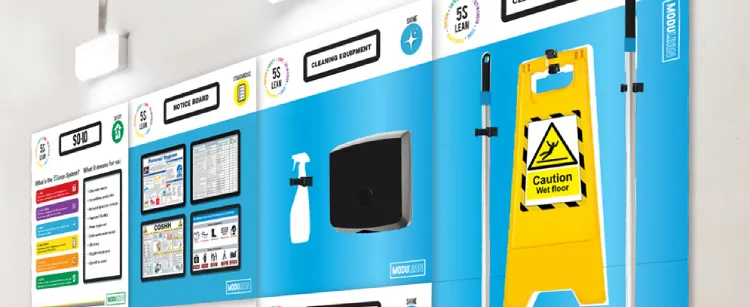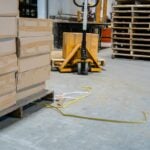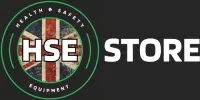In any workplace, efficiency and organisation are key factors that contribute to overall productivity. In recent years, 5S and Lean principles have become widely adopted methods to optimise workspaces, reduce waste, and improve workflow. One practical tool that directly supports these methodologies is the shadow board. Shadow boards are visual systems where tools and equipment are displayed with designated spots, often outlined by silhouettes or ‘shadows’ to indicate their correct location. Their role in enhancing 5S (Sort, Set in Order, Shine, Standardise, and Sustain) and Lean cannot be overstated. This article explores how shadow boards contribute to these principles, diving into ten key ways they enhance efficiency and organisation in the workplace.
Promotes Organisation (Sort)
The first step in the 5S process is “Sort,” which involves removing unnecessary items from the workspace and keeping only what is essential. Shadow boards play a pivotal role in this by making it easier to identify what tools and equipment are necessary for daily operations.
When using a shadow board, each tool has a dedicated place, which helps reduce clutter and disorganisation. By visually marking the location of each tool, shadow boards encourage workers to keep only the items they need on hand, preventing the accumulation of unnecessary equipment. This practice not only leads to a more organised workspace but also eliminates the time wasted searching for tools.
In Lean environments, where efficiency is paramount, shadow boards ensure that resources are optimised by clearly distinguishing between essential and non-essential items. This sorting process is crucial for reducing overproduction, one of the seven wastes Lean seeks to eliminate.
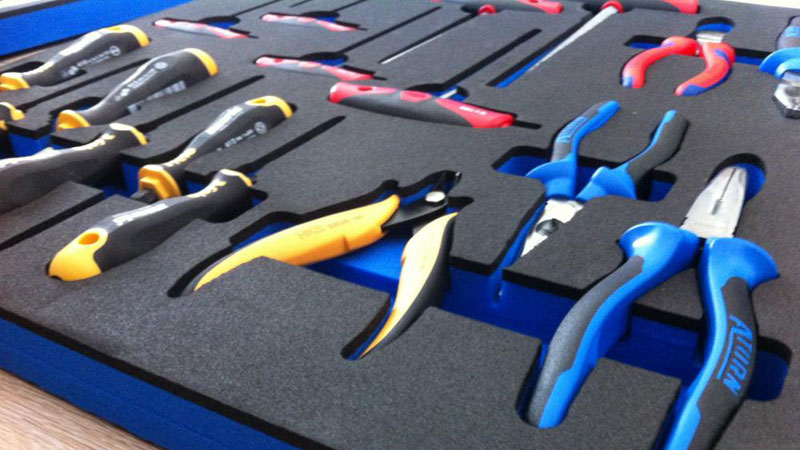
Ensures Cleanliness and Order (Set in Order)
Once the workplace is sorted, the next step is to “Set in Order.” This 5S principle focuses on arranging tools and materials so they are easy to access and return to their proper place. Shadow boards are central to achieving this goal.
By using shadow boards, each tool and piece of equipment has a clearly designated position. This layout makes it effortless for workers to quickly find what they need, which enhances productivity and reduces downtime. The visual design of shadow boards further strengthens this practice by making it clear when a tool is missing or out of place.
In addition, a well-ordered workspace reduces mental and physical fatigue, as employees no longer need to search for the correct tool or return it to an ambiguous storage area. This improvement aligns with Lean’s focus on eliminating motion waste – unnecessary movement that can hinder productivity. By creating a structured, orderly environment, shadow boards streamline operations and reduce the time spent on locating and organising tools.

Facilitates Visual Management (Shine)
The “Shine” stage of 5S focuses on cleanliness and maintaining a tidy workspace. Shadow boards are excellent tools for facilitating visual management, ensuring that tools are not only in their proper places but also well-maintained.
A clean, well-organised shadow board makes it easy to see when tools are missing, misplaced, or damaged. For example, cleaning station shadow boards, which display cleaning equipment such as brooms, mops, and brushes, are commonly used in 5S workplaces. These boards not only ensure that cleaning tools are easily accessible but also highlight when items are not returned after use. This reinforces a culture of responsibility and ownership among employees.
Moreover, keeping tools visible and organised reduces the likelihood of them becoming dirty or damaged. Regular use of a shadow board promotes the habit of returning tools to their proper locations after cleaning, which in turn supports the “Shine” stage by maintaining both the tools and the workspace in good condition.
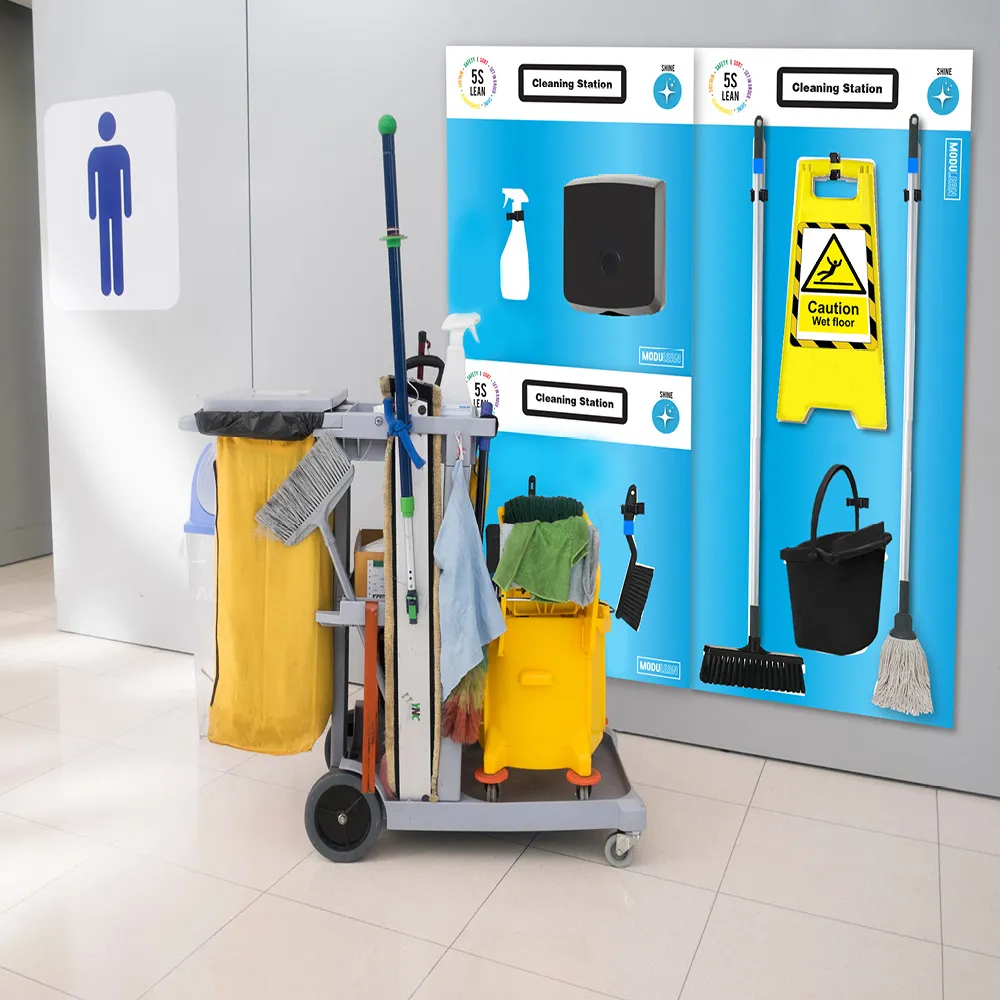
Increases Efficiency and Reduces Wasted Time (Standardise)
Standardisation is a core element of both 5S and Lean. The “Standardise” phase of 5S aims to create consistent procedures and systems to ensure that the gains made in earlier stages are maintained. Shadow boards provide a tangible way to standardise tool management.
By providing a clear, visual system for tool storage, shadow boards ensure that every employee knows where each tool belongs. This consistency reduces the variability that can occur when different workers have their own methods for storing equipment. With a shadow board, everyone follows the same process, which ensures that tools are always stored in the correct place and ready for use.
In a Lean workplace, this standardisation directly impacts efficiency. Workers no longer waste time searching for tools or returning them to random locations. Instead, the process becomes predictable, reliable, and repeatable – all of which are essential for maintaining productivity and reducing waste.
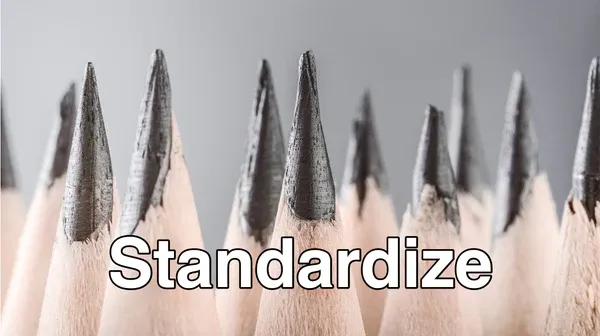
Promotes Accountability and Discipline (Sustain)
The “Sustain” stage of 5S is often considered the most challenging because it requires ongoing discipline and commitment. Shadow boards contribute significantly to this phase by promoting accountability in tool management.
When each tool has a clearly defined place on a shadow board, it becomes immediately obvious when something is out of order. This visibility fosters a culture of responsibility, as employees are more likely to return tools to their designated spots and maintain the order established during the earlier stages of 5S.
In Lean environments, this ongoing discipline is critical for maintaining continuous improvement (Kaizen). By regularly using shadow boards, workers develop habits that ensure the workplace remains organised and efficient over the long term. This contributes to a culture of accountability, where everyone plays a role in sustaining the improvements made through 5S and Lean.
Supports Visual Control (Lean)
One of the key principles of Lean is visual management, where the state of a process or workplace can be assessed at a glance. Shadow boards are an excellent example of this, as they offer a clear and immediate visual representation of tool availability.
With a shadow board, any worker can quickly assess whether tools are in place or missing, allowing for immediate corrective action. This supports the Lean philosophy of visual control, where abnormalities are easily identifiable, and problems can be addressed before they escalate.
In addition, shadow boards reduce cognitive load by minimising the need for workers to mentally track tool locations. The visual system takes over, freeing up mental capacity for other tasks, which ultimately enhances overall productivity.
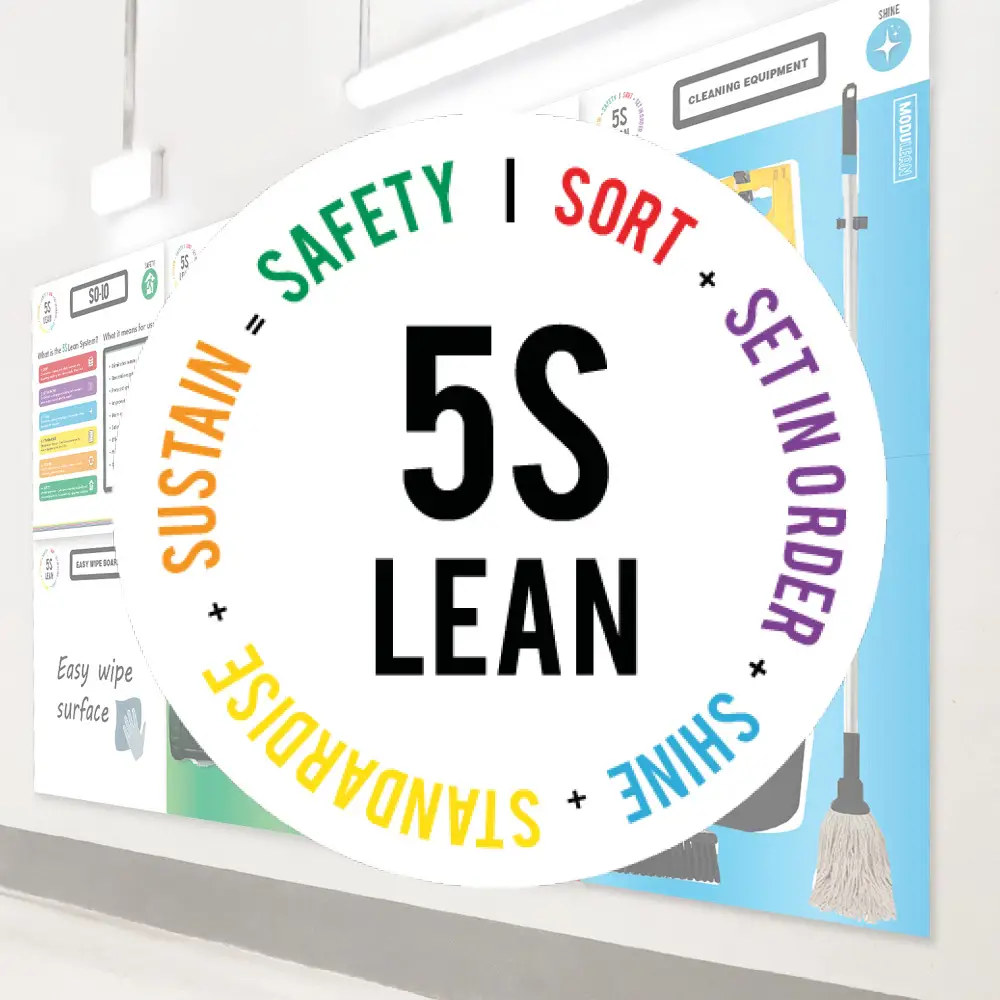
Reduces Motion Waste (Lean)
Lean methodology identifies seven key wastes, one of which is motion waste – unnecessary movement that does not add value. Shadow boards help eliminate this waste by ensuring that tools are easily accessible and always in the same place.
In a workspace without a shadow board, employees may waste time walking back and forth in search of tools or equipment. This motion waste can add up over the course of a day, leading to inefficiencies that reduce overall productivity. By providing a centralised, organised system for tool storage, shadow boards significantly reduce the amount of time and effort required to retrieve tools.
Moreover, shadow boards can be strategically placed in locations where workers most frequently use the tools, further minimising unnecessary movement. This optimisation is a key component of Lean, where the goal is to streamline processes and eliminate any activity that does not add value.
Improves Safety
A well-organised workplace is not only more efficient but also safer. Shadow boards contribute to improved safety by reducing clutter and ensuring that tools are not left lying around where they could cause accidents.
For example, in industrial settings where tools are often sharp or heavy, having a designated place for each item on a shadow board reduces the likelihood of these tools being left in walkways or work areas, where they could pose a hazard. Additionally, shadow boards can be used to store personal protective equipment (PPE), ensuring that workers always have easy access to the safety gear they need.
In both 5S and Lean environments, safety is a top priority, and shadow boards play an important role in creating a safer, more organised workspace.

Streamlines Tool Management
Effective tool management is a key aspect of both 5S and Lean. Shadow boards provide a straightforward system for managing tools, ensuring that inventory is always visible and well-organised.
By using shadow boards, workers can quickly see which tools are available and which are missing. This reduces the need for time-consuming inventories or manual checks, making tool management more efficient. It also helps prevent tools from being lost or misplaced, which can lead to delays and added costs.
In Lean environments, where time is money, having a streamlined tool management system is essential for maintaining productivity and reducing waste. Shadow boards provide a simple yet effective solution for ensuring that tools are always in the right place, ready for use.
Fosters Continuous Improvement
Finally, shadow boards contribute to a culture of continuous improvement (Kaizen) by supporting the ongoing efforts of 5S and Lean. By encouraging organisation, standardisation, and accountability, shadow boards help create a workplace where efficiency and productivity are constantly improving.
As workers become accustomed to using shadow boards, they may identify additional opportunities for improvement, such as optimising tool placement or introducing new shadow boards for different types of equipment. This proactive approach aligns with the Kaizen philosophy, where small, incremental changes lead to significant long-term improvements.
In conclusion, shadow boards are a powerful tool for supporting 5S and Lean principles. By promoting organisation, reducing waste, and fostering a culture of continuous improvement, they help create a more efficient, productive, and safe workplace. Whether in manufacturing, construction, or any other industry, shadow boards are an essential component of a successful 5S and Lean programme.

